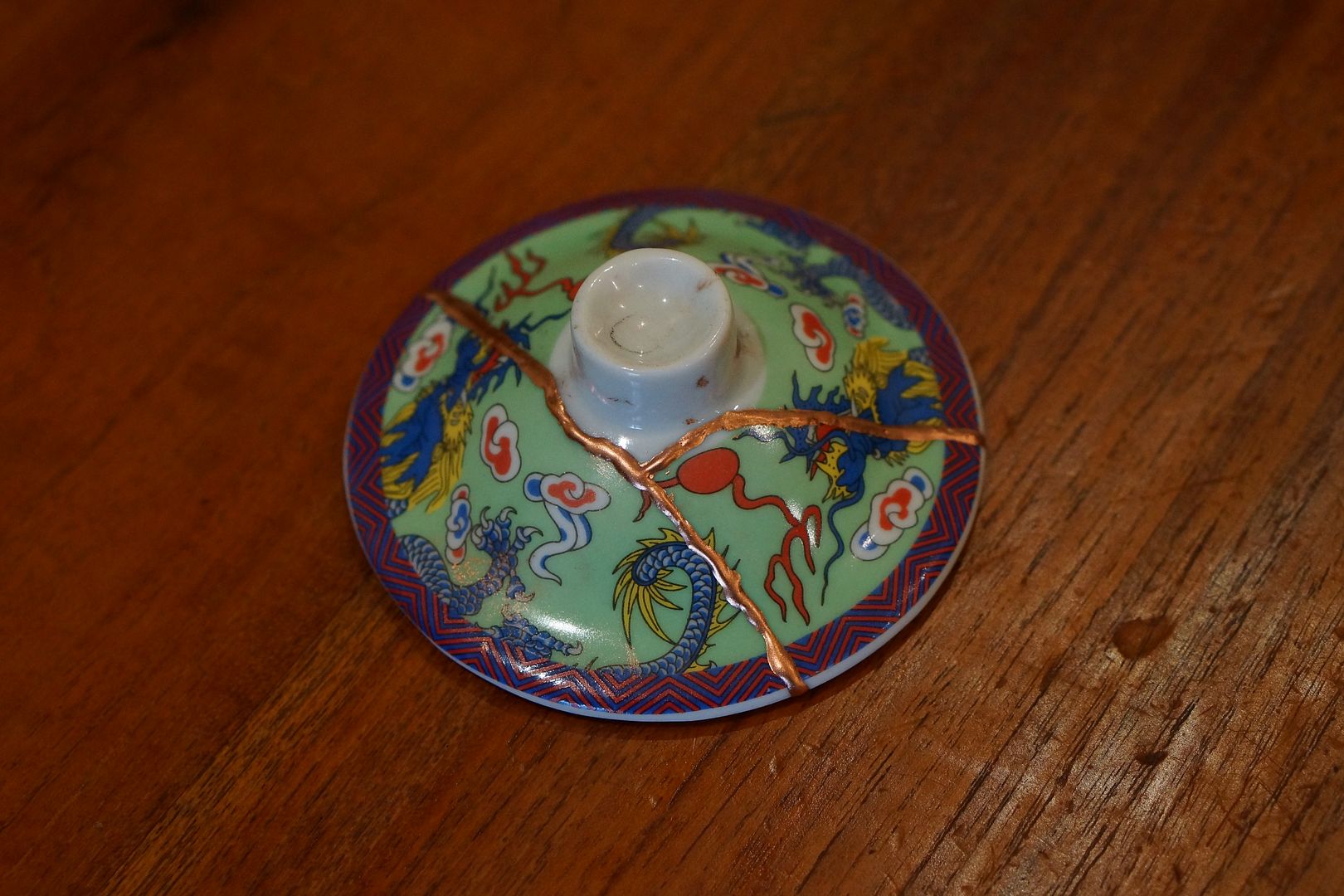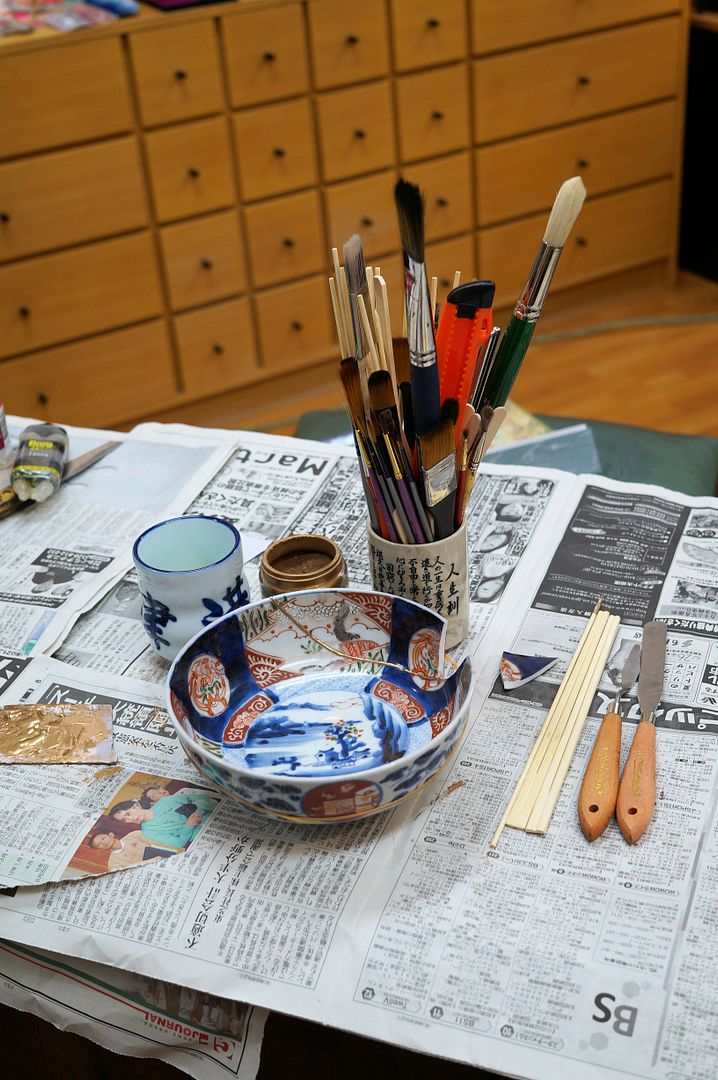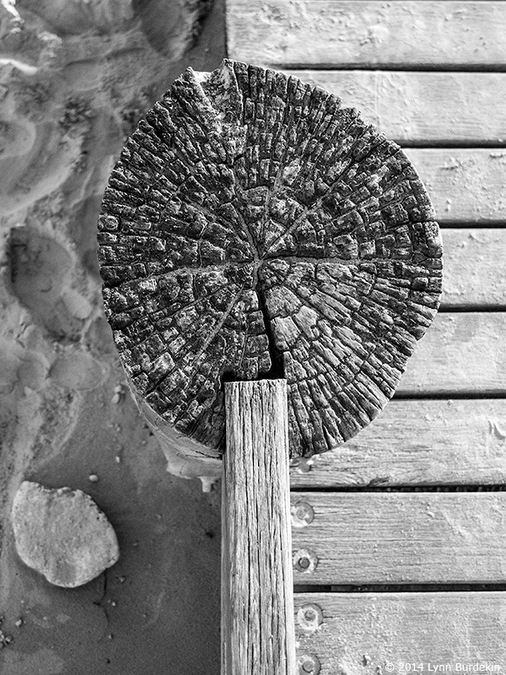nikonosguy
Well-known
Some really neat talent involved with this project...
https://www.facebook.com/wabisabiphotos/
http://wabisabiphoto.com/
It's a group of international photographers... including a few forum members here
Just posting as a "thought you might enjoy this"
https://www.facebook.com/wabisabiphotos/
http://wabisabiphoto.com/
It's a group of international photographers... including a few forum members here
Just posting as a "thought you might enjoy this"
bmattock
Veteran
Wabi Sabi is a cool concept for photography.
squirrel$$$bandit
Veteran
Yeah, I dig this philosophy in all things, and like the idea of embracing it in photography. Thanks a lot!
nikonosguy
Well-known
thanks the group is 7 photographers all with styles that intersect -- some of the guys are well known, but it's not about any individual or personality.
this keeps egos out of the equation ---
also, damned good to see bmattock here again
this keeps egos out of the equation ---
also, damned good to see bmattock here again
kuuan
loves old lenses
yes, good concept for photography. I fail to see Wabi Sabi in the photos shown though, or just in a very few, if trying really hard 
FrankS
Registered User
It's not perfect. 
nikonosguy
Well-known
nothing ever is, Frank
kuuan
loves old lenses
my earlier response was not meant to be off putting, in the contrary, to push to explore what 'Wabi Sabi' is. How about we tried right here, to show or express Wabi Sabi through our photos?
......
a quote: "The words wabi and sabi do not translate easily. Wabi originally referred to the loneliness of living in nature, remote from society; sabi meant "chill", "lean" or "withered". Around the 14th century these meanings began to change, taking on more positive connotations.[2] Wabi now connotes rustic simplicity, freshness or quietness, and can be applied to both natural and human-made objects, or understated elegance. It can also refer to quirks and anomalies arising from the process of construction, which add uniqueness and elegance to the object. Sabi is beauty or serenity that comes with age, when the life of the object and its impermanence are evidenced in its patina and wear, or in any visible repairs."
taken from: https://en.wikipedia.org/wiki/Wabi-sabi
a good article on Japanese aesthetics:
http://plato.stanford.edu/entries/japanese-aesthetics/
the Wiki take: https://en.wikipedia.org/wiki/Japanese_aesthetics
and a quote from there:
"In Zen philosophy there are seven aesthetic principles for achieving Wabi-Sabi.[7]
Fukinsei: asymmetry, irregularity;
Kanso: simplicity;
Koko: basic, weathered;
Shizen: without pretense, natural;
Yugen: subtly profound grace, not obvious;
Datsuzoku: unbounded by convention, free;
Seijaku: tranquillity.
......
a quote: "The words wabi and sabi do not translate easily. Wabi originally referred to the loneliness of living in nature, remote from society; sabi meant "chill", "lean" or "withered". Around the 14th century these meanings began to change, taking on more positive connotations.[2] Wabi now connotes rustic simplicity, freshness or quietness, and can be applied to both natural and human-made objects, or understated elegance. It can also refer to quirks and anomalies arising from the process of construction, which add uniqueness and elegance to the object. Sabi is beauty or serenity that comes with age, when the life of the object and its impermanence are evidenced in its patina and wear, or in any visible repairs."
taken from: https://en.wikipedia.org/wiki/Wabi-sabi
a good article on Japanese aesthetics:
http://plato.stanford.edu/entries/japanese-aesthetics/
the Wiki take: https://en.wikipedia.org/wiki/Japanese_aesthetics
and a quote from there:
"In Zen philosophy there are seven aesthetic principles for achieving Wabi-Sabi.[7]
Fukinsei: asymmetry, irregularity;
Kanso: simplicity;
Koko: basic, weathered;
Shizen: without pretense, natural;
Yugen: subtly profound grace, not obvious;
Datsuzoku: unbounded by convention, free;
Seijaku: tranquillity.
peterm1
Veteran
While not exactly relevant to photography I do enjoy wabi sabi as a concept. So much so that I recently decided to make a repair to a piece of (inexpensive) Asian porcelain of my wife, using a technique the Japanese call Kin-tsugi.
The idea behind Kin-tsugi is that instead of trying to hide a repair the piece can be can be enhanced so the damage and the repair becomes a part of the history of the object. This is a very wabi sabi idea. The repair is traditionally made with Japanese lacquer mixed with gold dust (or in my case bronze powder from an art store).
I enjoyed the process so much that I have also taken on a few other "commissions" for clumsy friends who have also broken pieces. :^)
I have attached a link to a Pinterest collection of kin-tsugi pieces for those who are interested. My pieces a OK but pale into insignificance beside the masters of wabi sabi
https://www.pinterest.com/marjokedeheer/repair-kintsugi/
Now I must look for wabi sabi style photos I have made.



The idea behind Kin-tsugi is that instead of trying to hide a repair the piece can be can be enhanced so the damage and the repair becomes a part of the history of the object. This is a very wabi sabi idea. The repair is traditionally made with Japanese lacquer mixed with gold dust (or in my case bronze powder from an art store).
I enjoyed the process so much that I have also taken on a few other "commissions" for clumsy friends who have also broken pieces. :^)
I have attached a link to a Pinterest collection of kin-tsugi pieces for those who are interested. My pieces a OK but pale into insignificance beside the masters of wabi sabi
https://www.pinterest.com/marjokedeheer/repair-kintsugi/
Now I must look for wabi sabi style photos I have made.



peterm1
Veteran
There is perhaps a touch of wabi sabi in these. Or at least a sense of the impermanence of things...
 Bamboo by Life in Shadows, on Flickr
Bamboo by Life in Shadows, on Flickr
 pluie sur lily by Life in Shadows, on Flickr
pluie sur lily by Life in Shadows, on Flickr
 Lotus eaters by Life in Shadows, on Flickr
Lotus eaters by Life in Shadows, on Flickr
 Blossoms on Black by Life in Shadows, on Flickr
Blossoms on Black by Life in Shadows, on Flickr
 Bamboo by Life in Shadows, on Flickr
Bamboo by Life in Shadows, on Flickr pluie sur lily by Life in Shadows, on Flickr
pluie sur lily by Life in Shadows, on Flickr Lotus eaters by Life in Shadows, on Flickr
Lotus eaters by Life in Shadows, on Flickr Blossoms on Black by Life in Shadows, on Flickr
Blossoms on Black by Life in Shadows, on Flickrkuuan
loves old lenses
While not exactly relevant to photography I do enjoy wabi sabi as a concept. So much so that I recently decided to make a repair to a piece of (inexpensive) Asian porcelain of my wife, using a technique the Japanese call Kin-tsugi...
great stuff, thank you for sharing Peter!
definitely very much a 'Wabi Sabi' idea, very well done, I am sure it's much fun and the results are very pleasing
There is perhaps a touch of wabi sabi in these. Or at least a sense of the impermanence of things...
Most rather qualify, I'd say. However I believe that it must have been the misunderstanding of the people who started the Collective to think that if one or the other characteristic of Wabi Sabi can be identified than it already is Wabi Sabi.
Wabi Sabi in Japan, I believe, mostly, or at least more commonly, is seen in man made objects. Often in pottery, tea cups. Of course the idea spans wider than that and I hope that Japanese or somebody who have studied Japanese aesthetics will help us out, enlighten us a bit. I am sure somebody must be around
robert blu
quiet photographer
At first glance (lunch time here) it seems interesting. I have to study and learn a little bit more about Wabi Sabi aesthetic, thanks for the links.
robert
robert
lynnb
Veteran
My interest is primarily Japanese architecture and landscape, where the principles are old and well established. A few quotes from around the web on Wabi-Sabi:
"Taken together, Wabi-Sabi is a worldview that perceives beauty in roughness, elegance in imperfection, and serenity in the natural process of decay."
"the natural melancholic beauty of things imperfect and simple"
"an intuitive way of living that emphasises finding beauty in imperfection, and accepting the natural cycle of growth and decay"
The photo gallery of the Wabi-Sabi Photo Collective didn't seem to have much resonance with those concepts, to my eye.
My view of Wabi-Sabi is more like this:

(edit: two unnecessary photos removed)
I wish the Collective every success - just not sure that the label accurately reflects the style of work!
"Taken together, Wabi-Sabi is a worldview that perceives beauty in roughness, elegance in imperfection, and serenity in the natural process of decay."
"the natural melancholic beauty of things imperfect and simple"
"an intuitive way of living that emphasises finding beauty in imperfection, and accepting the natural cycle of growth and decay"
The photo gallery of the Wabi-Sabi Photo Collective didn't seem to have much resonance with those concepts, to my eye.
My view of Wabi-Sabi is more like this:

(edit: two unnecessary photos removed)
I wish the Collective every success - just not sure that the label accurately reflects the style of work!
mdarnton
Well-known
Are the photos they present supposed to BE wabi-sabi (what I was hoping to see there) or are they supposed to be OF wabi-sabi? They don't give much info there. The pix certainly aren't the first, at least, and the second idea seems a bit of a precious project of westerners, right down to the idea of an "international" and anonymous committee.
In terms of BEING wabi-sabi, wet plate/collodion, for instance, fits better and effortlessly, in my mind.
In terms of BEING wabi-sabi, wet plate/collodion, for instance, fits better and effortlessly, in my mind.
kuuan
loves old lenses
My interest is primarily Japanese architecture and landscape, where the principles are old and well established..
Japanese aesthetics and philosophy are intertwined, permeate Japanese culture, right?
A good article where Wabi Sabi is contrasted to 'modernism' resp. typical western concepts: http://hermitary.com/solitude/aesthetics.html
a quote from there:
"The term wabi-sabi suggests such qualities as impermanence, humility, asymmetry, and imperfection. These underlying principles are diametrically opposed to those of their Western counterparts, whose values are rooted in the Hellenic worldview that values permanence, grandeur, symmetry, and perfection. ...
Wabi-sabi is an intuitive appreciation of a transient beauty in the physical world that reflects the irreversible flow of life in the spiritual world. It is an understated beauty that exists in the modest, rustic, imperfect, or even decayed, an aesthetic sensibility that finds a melancholic beauty in the impermanence of all things."
note the mention of the spiritual world

brasil by Andreas, on Flickr
bmattock
Veteran
Maybe everybody needs to take a breath. A bit stuffy in here.
lynnb
Veteran
Kuuan, thanks for the link.
bmattock, not trying to be stuffy, just trying to understand the apparent disconnect between the Collective's name and their work.
cheers,
bmattock, not trying to be stuffy, just trying to understand the apparent disconnect between the Collective's name and their work.
cheers,
mfogiel
Veteran
I don't really see anything in these photos that would bear resemblance to the "wabi sabi" idea. There is some great work out there in this style, for example "Findings" by Hiroshi Watanabe:
https://www.youtube.com/watch?v=52jaaVT5pT4&list=PL85FDDB953B8CD2F5&index=2
or Masao Yamamoto:
https://www.youtube.com/watch?v=rFz91cuOh6o
https://www.youtube.com/watch?v=52jaaVT5pT4&list=PL85FDDB953B8CD2F5&index=2
or Masao Yamamoto:
https://www.youtube.com/watch?v=rFz91cuOh6o
peterm1
Veteran
The idea of wabi sabi shows up time and again in the Japanese aesthetic. This is a link to photos of a Japanese sword guard (or tsuba) from a Katana. Its new but has been deliberately patinated to make it look aged. I like it very much indeed.
https://www.facebook.com/2775836922...7583692289058/851319971582091/?type=3&theater
For other like me who is interested in such things here is a link to a video by an American sword and knife maker who is here making a tsuba from a very old reclaimed piece of rusty and corroded wrought iron. He retains the corrosion so the end product has a wabi sabi effect.
https://www.youtube.com/watch?v=_kpa0uxSuOU
https://www.facebook.com/2775836922...7583692289058/851319971582091/?type=3&theater
For other like me who is interested in such things here is a link to a video by an American sword and knife maker who is here making a tsuba from a very old reclaimed piece of rusty and corroded wrought iron. He retains the corrosion so the end product has a wabi sabi effect.
https://www.youtube.com/watch?v=_kpa0uxSuOU
kuuan
loves old lenses
I don't really see anything in these photos that would bear resemblance to the "wabi sabi" idea. There is some great work out there in this style, for example "Findings" by Hiroshi Watanabe:
https://www.youtube.com/watch?v=52jaaVT5pT4&list=PL85FDDB953B8CD2F5&index=2
or Masao Yamamoto:
https://www.youtube.com/watch?v=rFz91cuOh6o
thank you very much for the links, very inspiring the beautiful photos by Yamamoto. Are they, most of all, "Shibui"? https://en.wikipedia.org/wiki/Shibui Watanabe's
I am curious how much, in Japan, photography has been accepted as a medium for Wabi Sabi.

Untitled by Andreas, on Flickr
Share:
-
This site uses cookies to help personalise content, tailor your experience and to keep you logged in if you register.
By continuing to use this site, you are consenting to our use of cookies.
